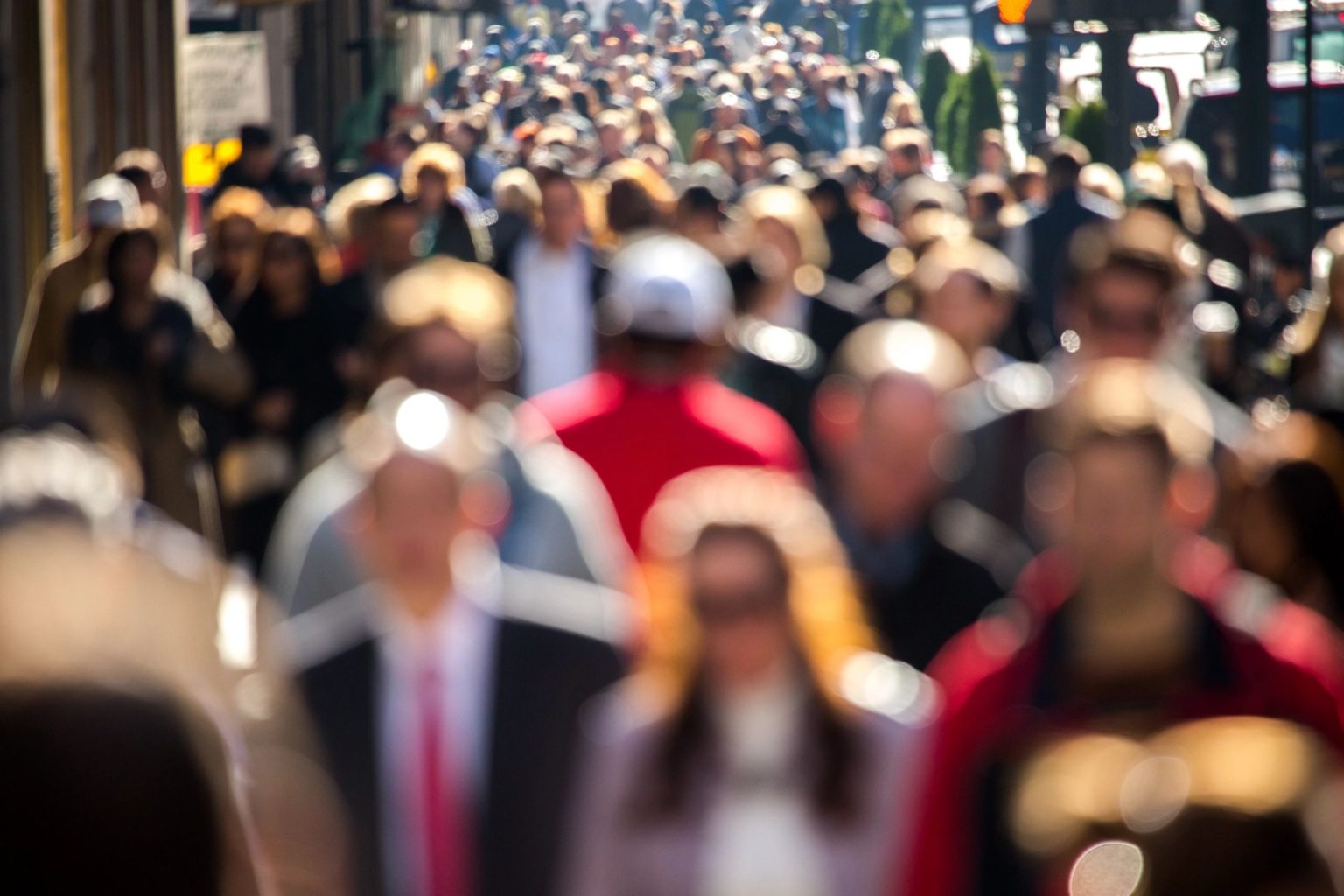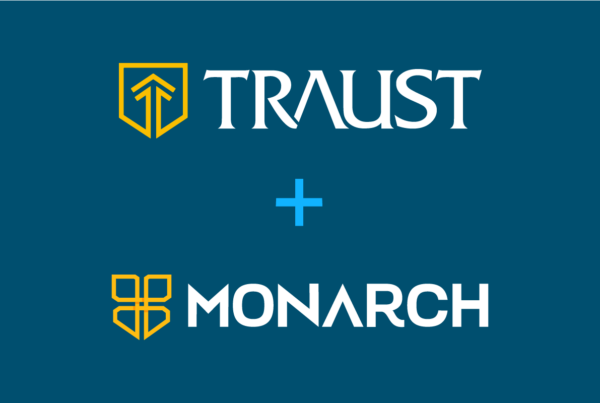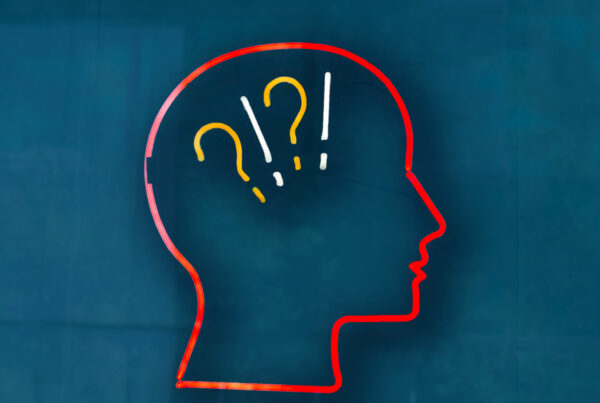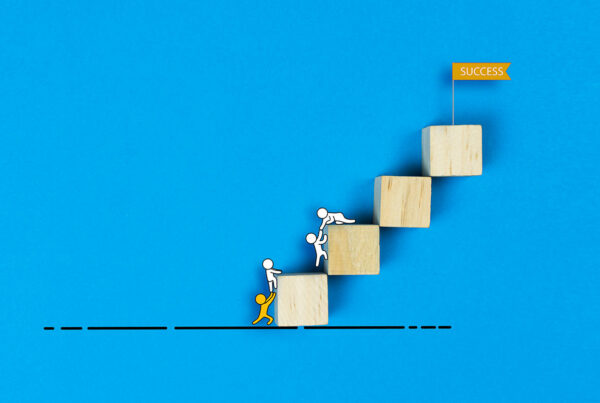Average Reading Time: 5 Minutes
Rethinking Kith — The Power of Community in 2017
I recently sat down and read an article by Tim Penny, a former Minnesota Congressman who is now the head of the Southern Minnesota Initiative Foundation, an organization that aims to “foster economic and community vitality in 20 counties of southern Minnesota through a culture of collaboration and partnership.”
Tim wrote “Support your communities this giving season,” to discuss community, giving and making a difference, all great topics. However, there was one statistic that really leapt off the page for me — $373.3 billion. That’s the amount of charitable contributions during 2015.
That’s an extraordinary amount of money.
It’s extraordinary because, having had experience managing organizations which rely heavily on charitable contributions, I’m aware of how far even the smallest contribution can go. It’s extraordinary because combined with the volunteer hours that 62.6 million Americans put in, we’ve accomplished wonderful work for those in need nationwide. It’s extraordinary because it broke the record for charitable contributions during a time when the dominant narrative is that we are completely disjointed as a people.
Tim points out how the amount of money people donated to political campaigns ($2.1 billion), although it’s a very significant amount of money, pales in comparison to the amount of charitable donations.
“The point of calling out these numbers is not to make you give more — or less — to political campaigns. Rather, what I want you to note is that across the board, Americans are generous people.” — Tim Penny
Whether it’s donating money to a political campaign, a local Food Center, or even an act seemingly as removed from charity as being loyal to a brand you know champions ethical and responsible practices, people give money to causes they care about and want to support. I believe that the reason for that generosity is because people innately desire to be part of a community.
It’s not just generosity with money that forms community. Generosity with time, attention, talent, thought, and affection all accomplish one thing nearly without fail — they bring people together.
Generosity is a building block. It’s an action which irreversibly forms a bond between you and another person. Even if it’s the smallest of bonds for the briefest of moments, it’s evident in the subtle smiles of those who you hold the door for, and the gentle wave of the hand as you allow someone to turn first at an intersection.
That bond is related to another building block of community — connection. A community could generally be thought of as people you are connected to. Your neighbors, family, coworkers and friends. Your kith and kin. If you’re unfamiliar with those words, kith stems from a word which means “known” whereas kin stems from a word which means “give birth to.”
While it may seem self-explanatory to think of your community as your friends (kith) and family (kin), I propose that we take a moment to rethink our definition of kith, and thus reframe our community.
Taking the “known” definition of kith at face-value, we can define our kith as anyone whose experience, feelings, and thoughts we can relate to. Those who, even on a base level, you know somehow. This can be a large or small group.
For example, I feel like Minnesotans are my kith because when I am driving on roads in blizzard conditions I know that thousands of others know exactly what I’m going through. I also feel like those who play bandy are my kith, even if I see someone playing bandy who I’ve never met, I know they’ve experienced the same icy exhilarating feeling I cherish. It doesn’t matter that there are hundreds of thousands of Minnesotans and there are far less bandy players, kith is not limited by population.
This is where things get tricky. We like to classify things and we try to lop people into categories based on pre-determined lines. The line between being a stranger and a member of a familiar community, the line between being someone who shares something in common with us and an acquaintance, the line between an acquaintance and a friend, between a friend and family. We are constantly doing this, even if most of the time it’s happening subconsciously.
However, there are endless occasions where we blur these same lines for select people. You may have a best friend who you affectionately introduce to your children as “Uncle” or “Aunt.” You may have a close friend who you consider to be “family,” as close as a sibling. You may meet someone on the bus who is wearing a bandy jacket and strike up a conversation that leads to a future interaction.
The lines between kith and kin, friend and family, are constantly being redrawn, and that is a signal that the lines themselves are flawed. It should allow us to recognize how few distinctions there really are between us. It might take years of friendship or traveling to another country. It might only take shaking someones hand who you think is vastly different than you and realizing they care about many of the same things you do — providing for a family, not being hungry, having shelter, making others laugh and smile. No matter what it takes, it’s so important that we all feel this unity.
I’m not sure where the quote, “we’re not so different you and I” originally came from, but it seems like it’s been continuously recycled and that’s probably because the nugget of knowledge at it’s core is so cosmically true.
Generosity, caring, community, affection, empathy — these are all emotions which allow us to transcend boundaries, transforming seeming strangers into close allies, those who are struggling into real-life superheroes and people who may differ in race, gender, ethnicity, religion, or socioeconomic status into a kindred people, trying to do right by their neighbor.
Community is not simply your friends and family. Community is not simply your kith, or your kin. Community is a connection between those who haveno convenient reason to be brought together, but who nonetheless share a vision for investing in our collective future with passion, kindness and hope.
We are the sum of our parts, the totality of all of our communities, and the stronger the bonds between our communities become, the stronger we become as a people. So, I encourage you to redefine your kith, broaden the circle of those you feel affinity for and be active within your community. Be kind to others because after all, we really aren’t so different.
Mark P





